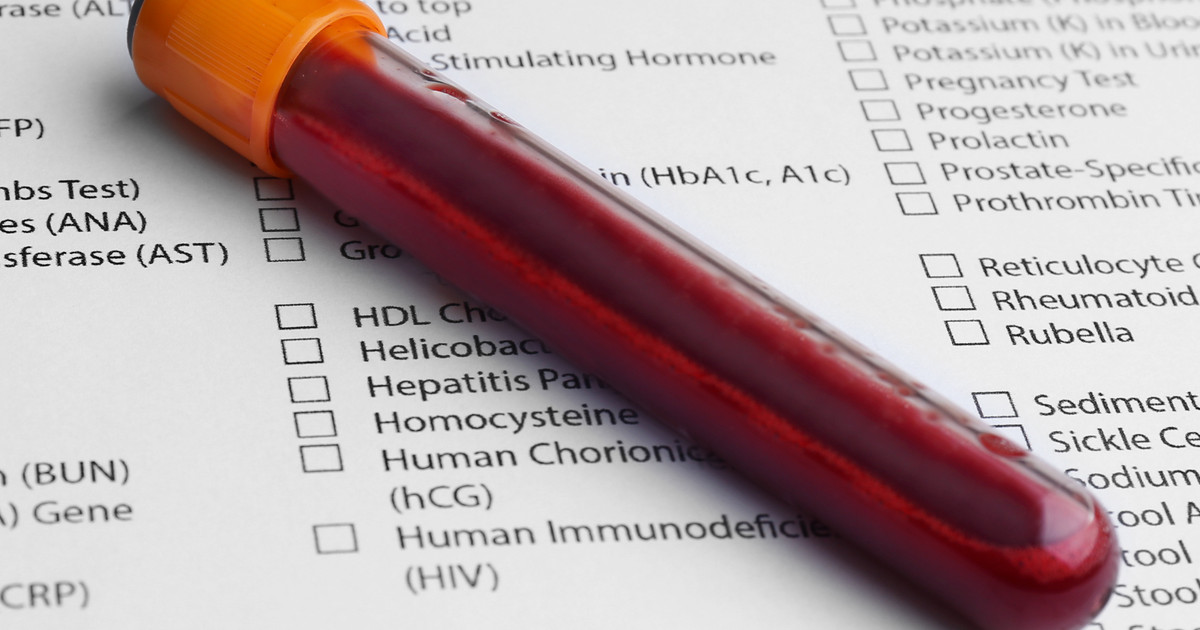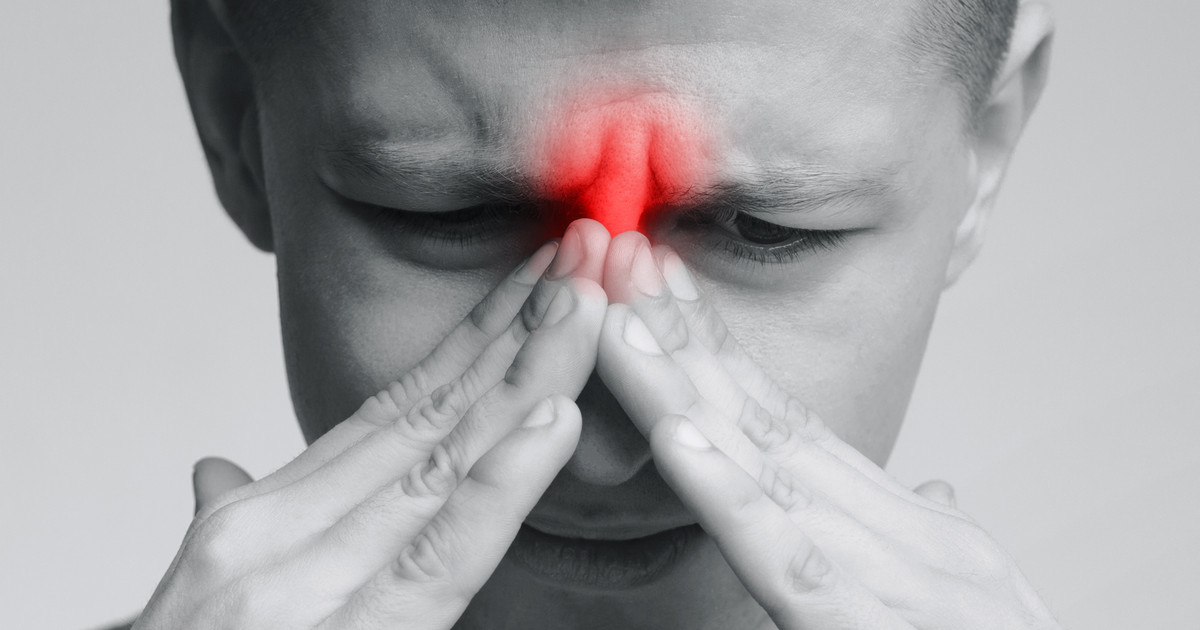What Is Rifampicin?
Potential Side Effects
This medication appears to have many potential side effects. Common ones may include upset stomach, headaches, heartburn, and nausea. Some women who take it may deal with menstrual cycle changes. In addition, this drug may trigger color changes in sweat, urine, tears, and saliva. Possible colors may include brown, orange, and red. These changes seem to go away when patients stop this medication. However, this drug appears to cause permanent tooth discoloration. Other possible side effects may include pain in the abdomen, appetite loss, diarrhea, and coordination or behavior changes.
This drug may shift lab test results. It seems to trigger low red blood cell counts and elevated liver function results. Other possibilities may include elevated serum uric acid levels and higher BUN levels. This medication also appears to carry a risk of liver disease. Thus, patients may want to be aware of the possible signs of liver damage. Examples seem to include dark urine, jaundice, and persistent nausea. They may wish to report these signs to a doctor.
Get the details on possible precautions with this medication next.
Possible Precautions
Patients may need to review their medical history with their doctor before starting this medication. It does not appear to be safe for everyone. Specifically, histories of bleeding disorders, diabetes, or liver disease may make it unsafe. It also seems to trigger bleeding in pregnant women or their unborn babies if they take it in the last few weeks of pregnancy. This drug may be unsafe for breastfeeding women as well. Another possible precaution is using more than one method of birth control. The reason appears to be that it may reduce hormonal birth control's effectiveness. Additionally, this medication may stain soft contacts permanently, so patients may want to wear glasses.
Drug screening results may be inaccurate on this medication. Thus, patients may need to inform staff should they require such a test. Regular blood tests seem to be necessary to check for infection. This drug appears to be required until the infection clears. Patients should consider taking this medication without food. However, they may take it with a glass of water.
Uncover the potential medication interactions next.

